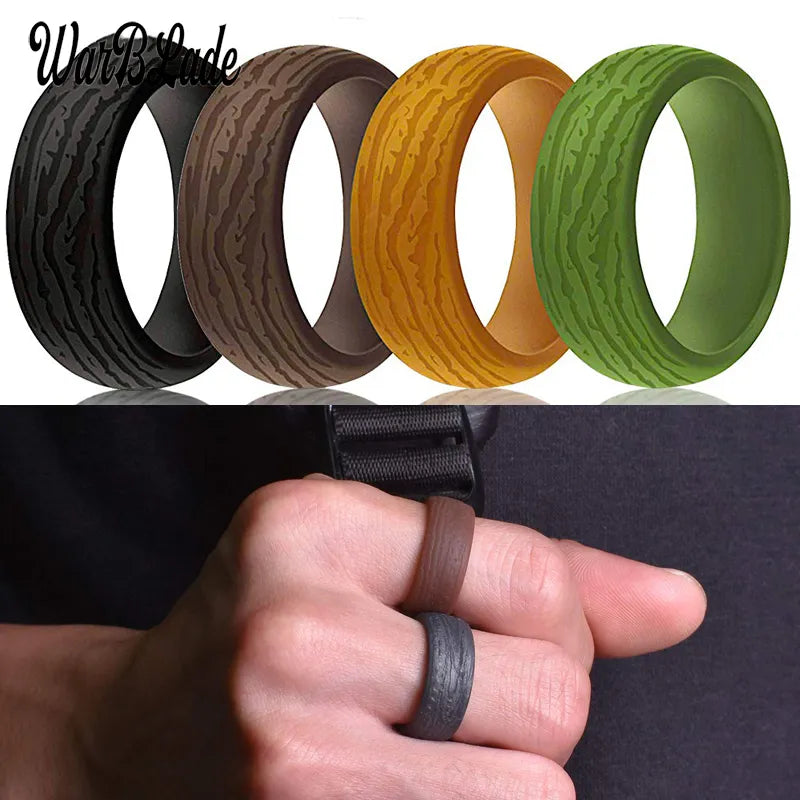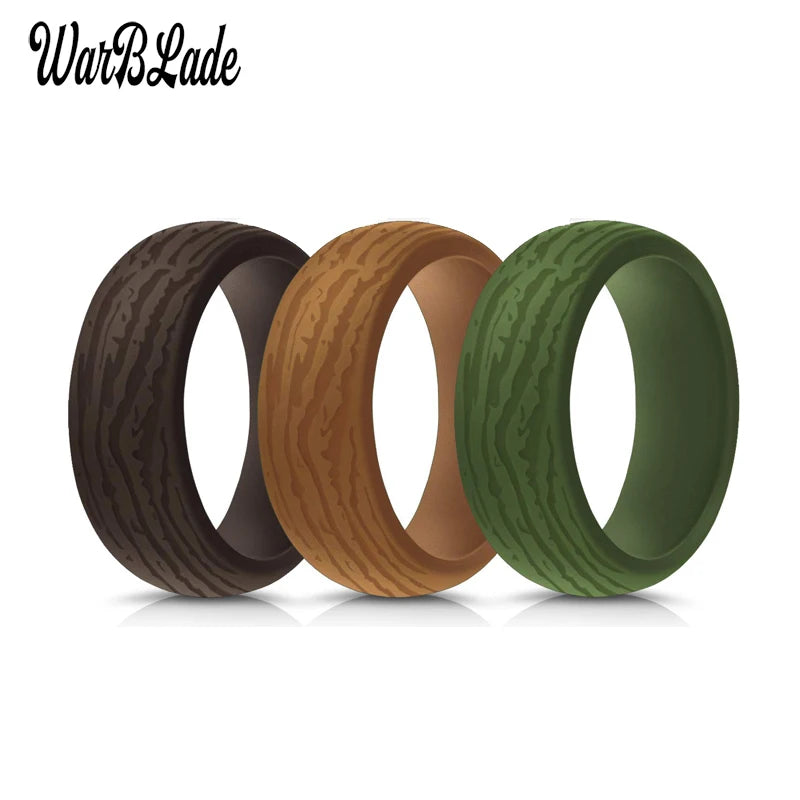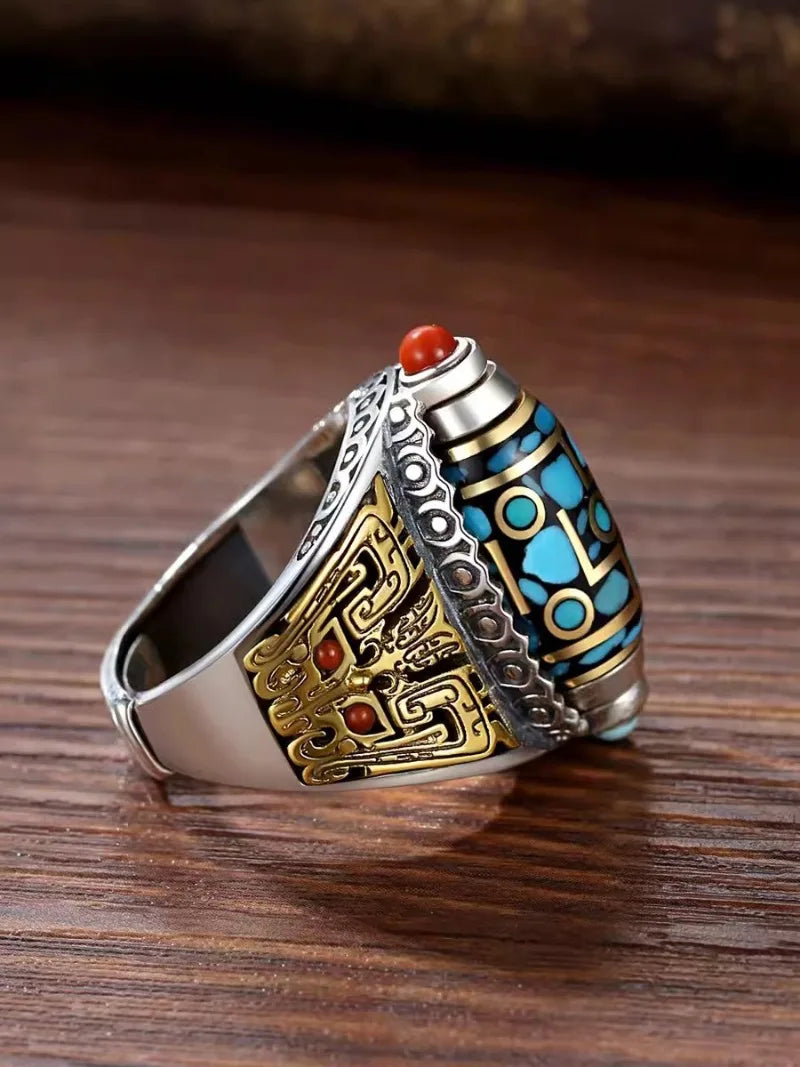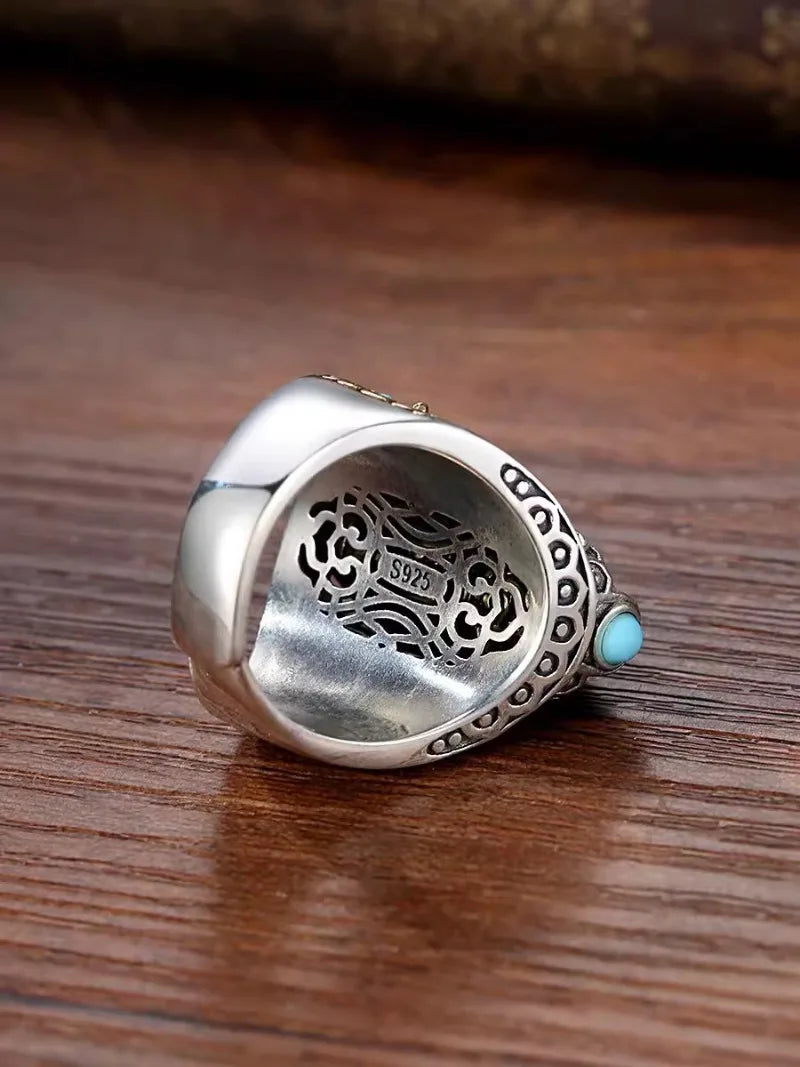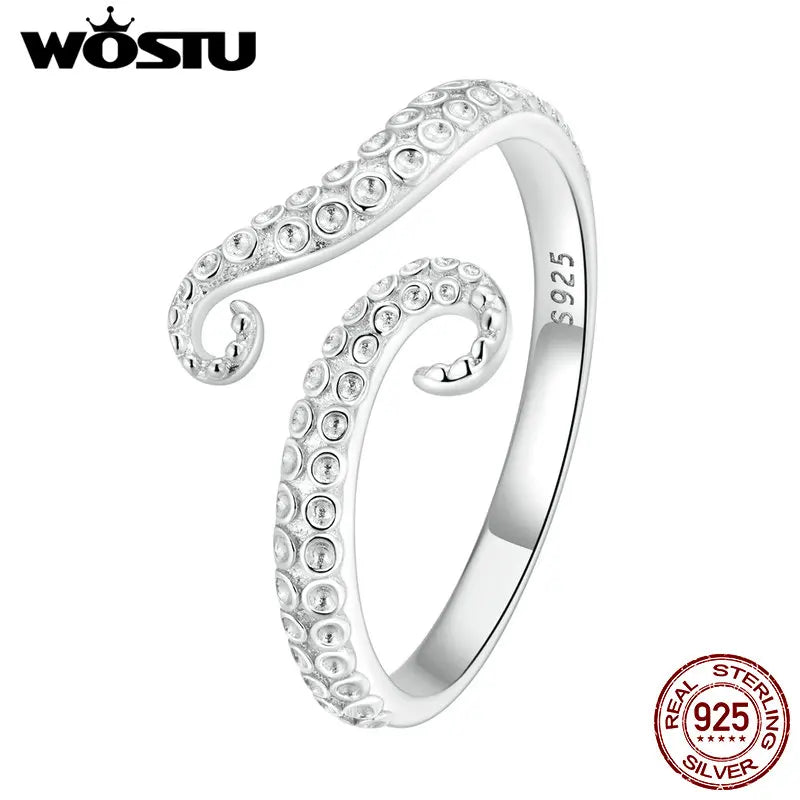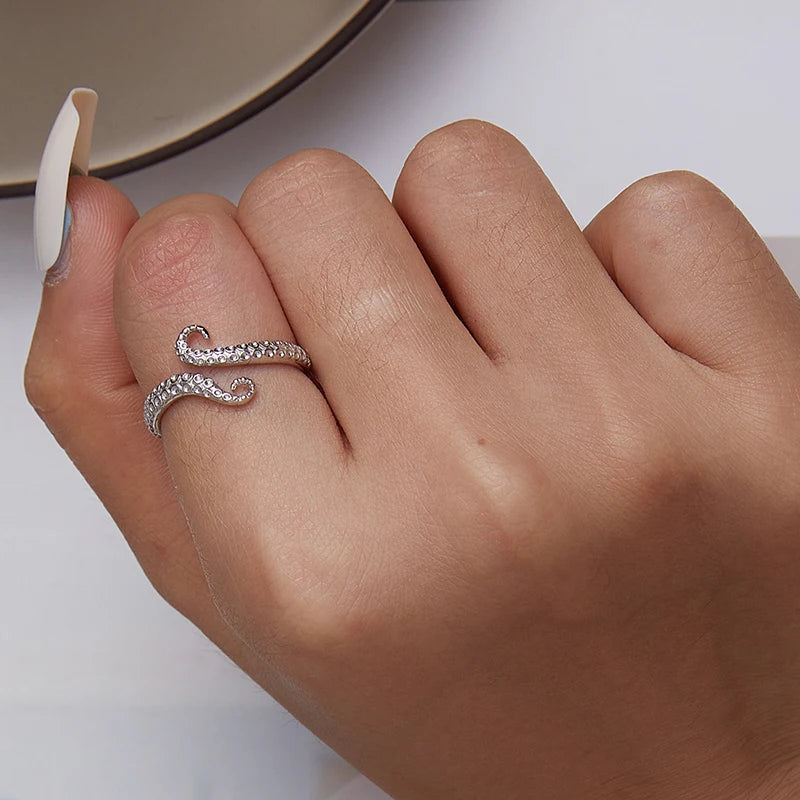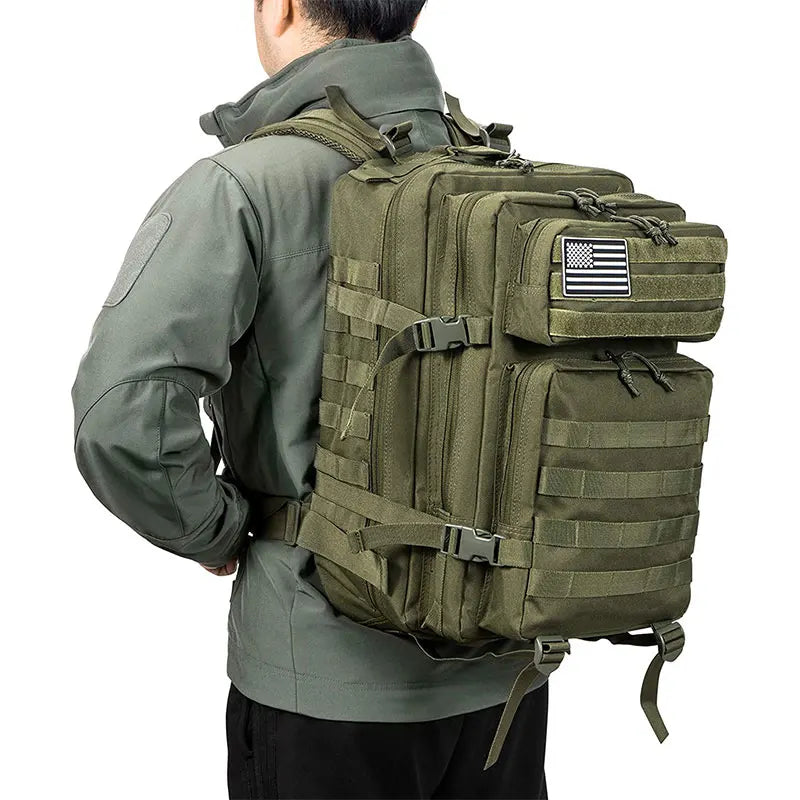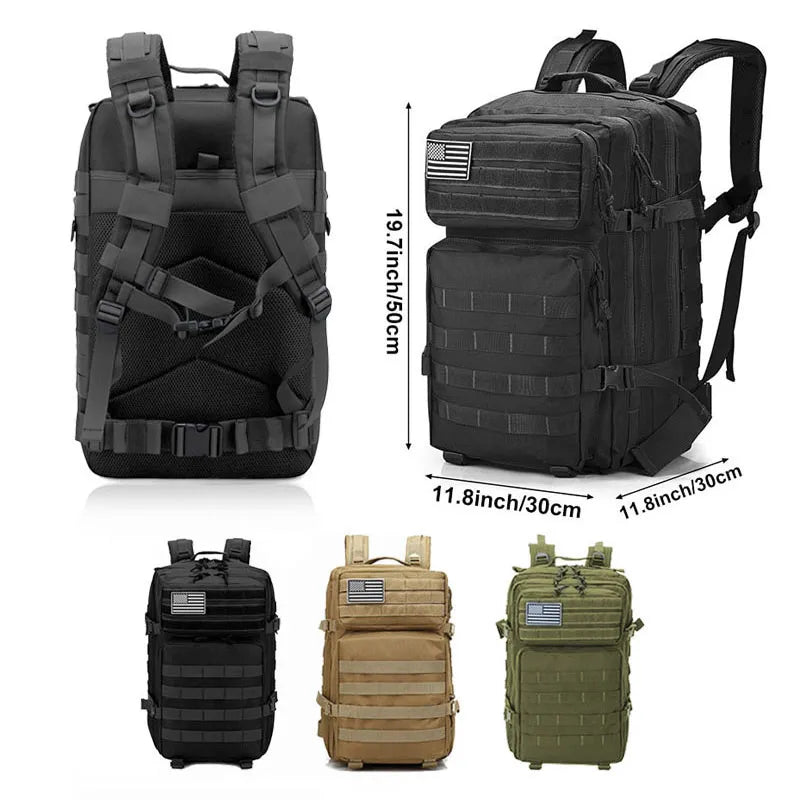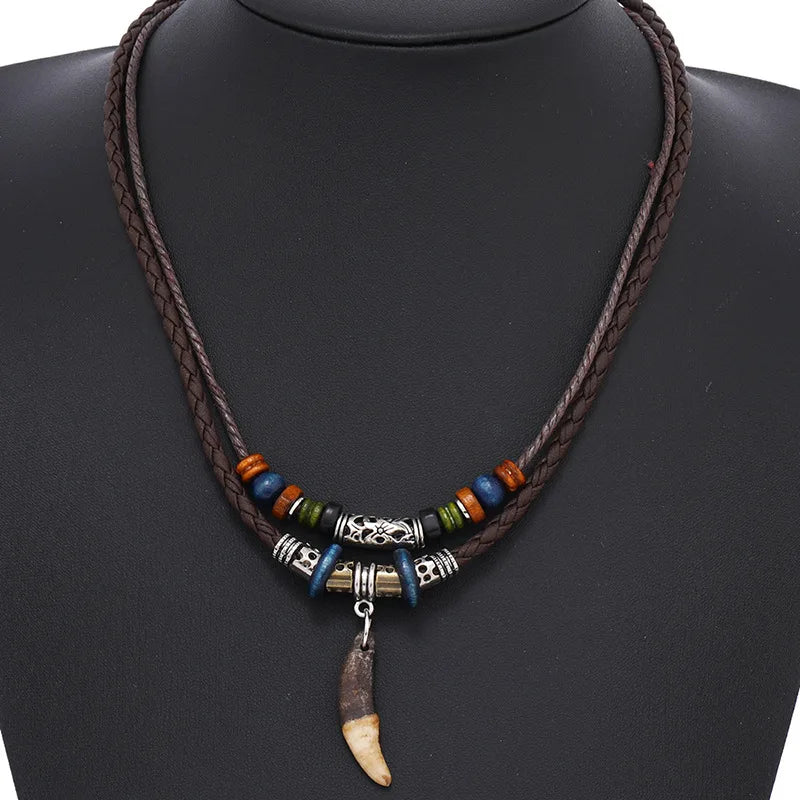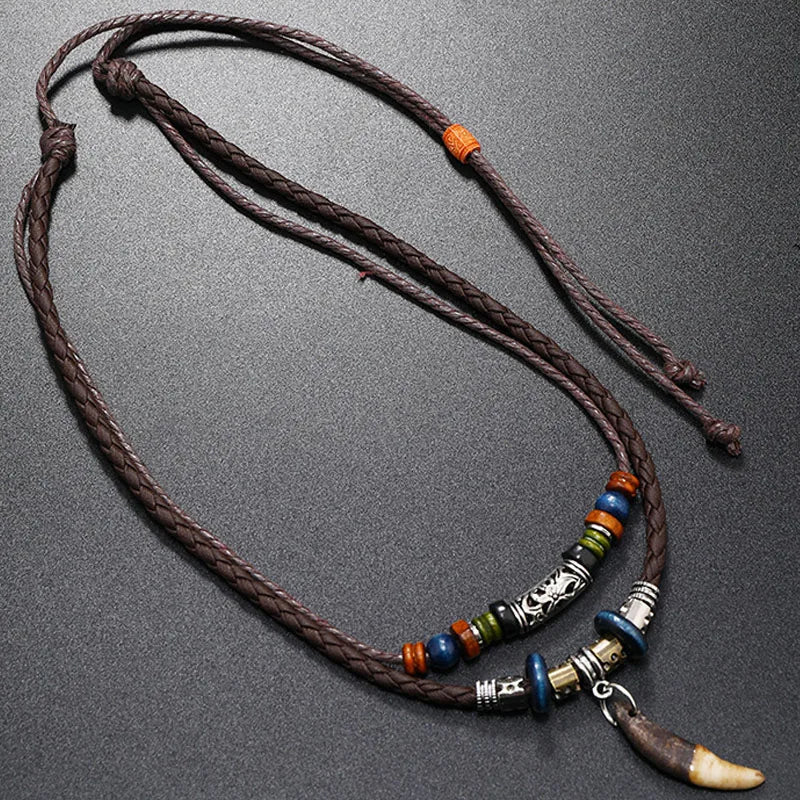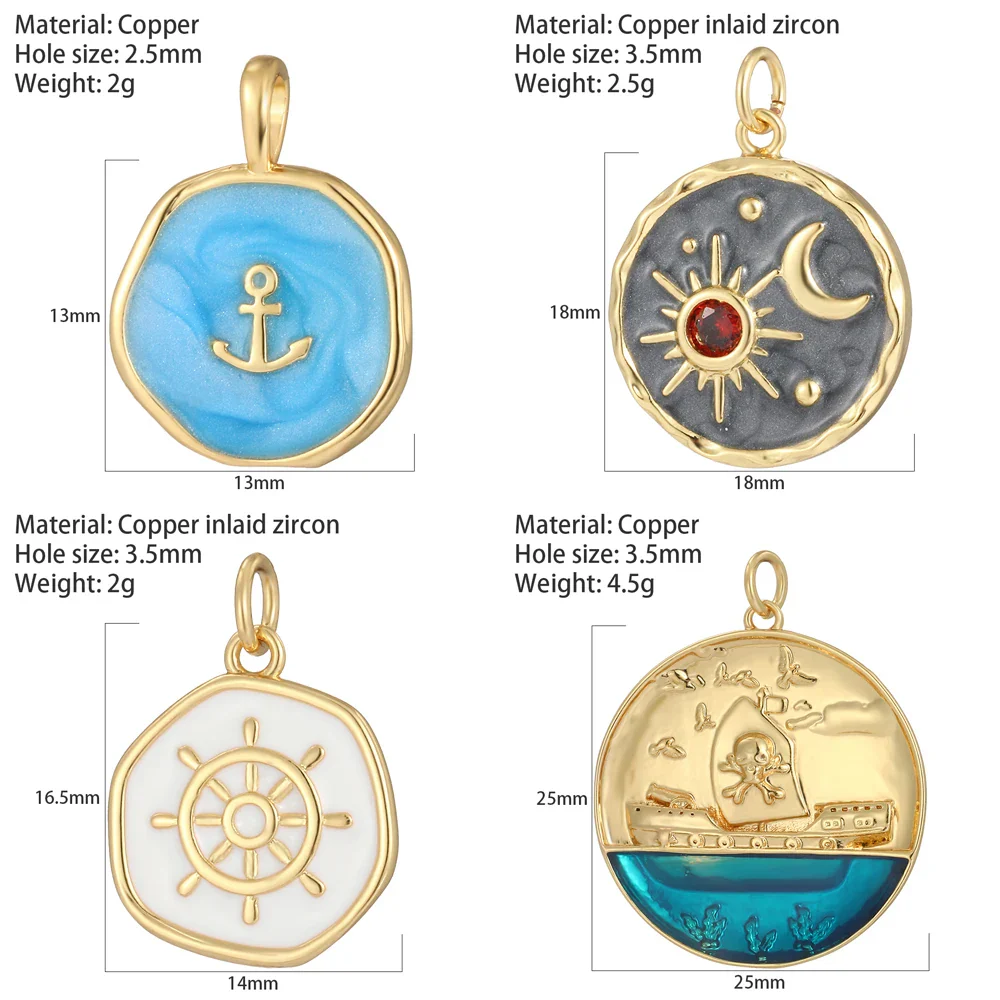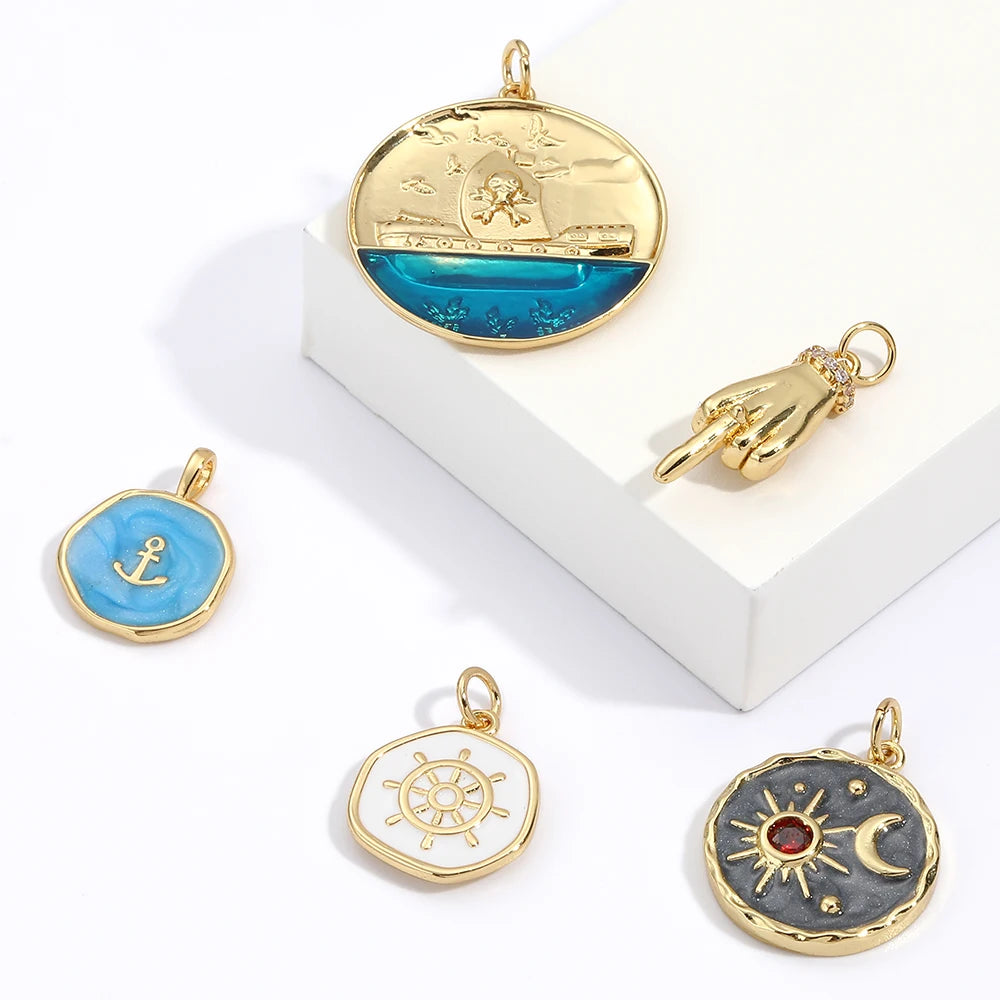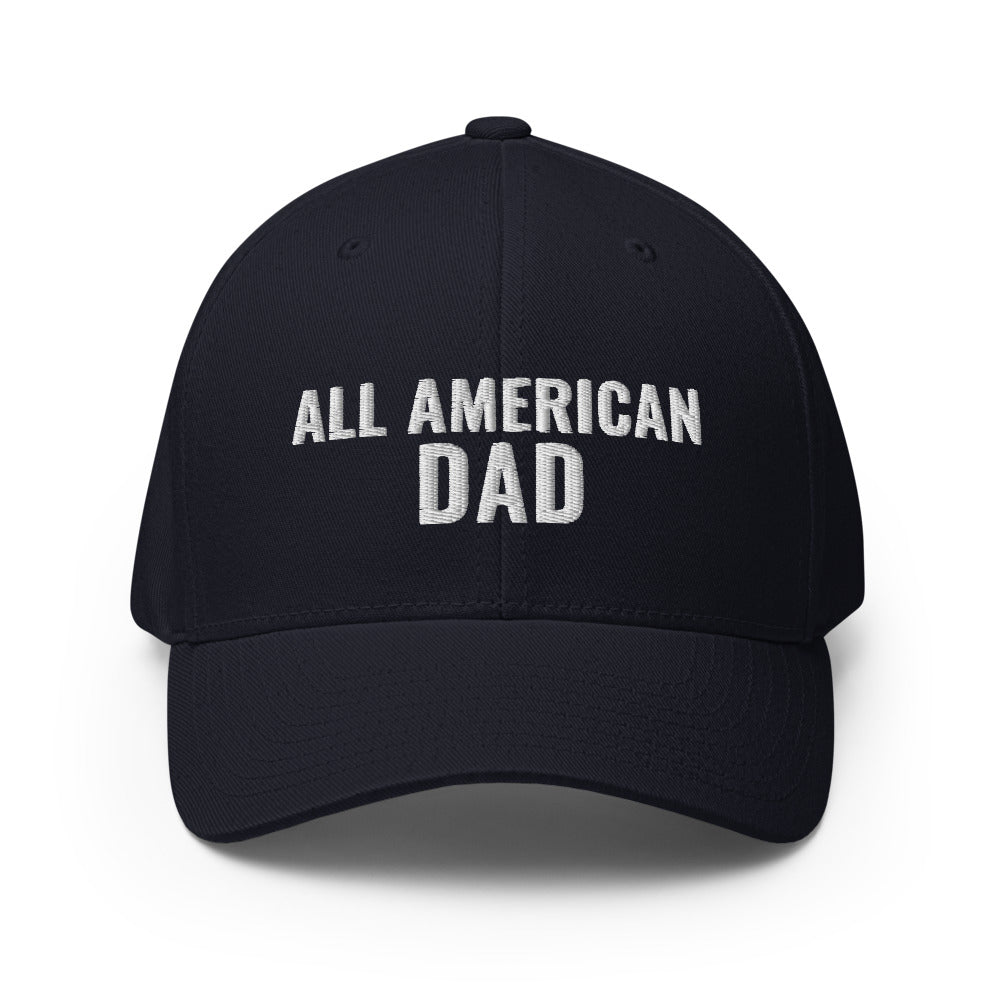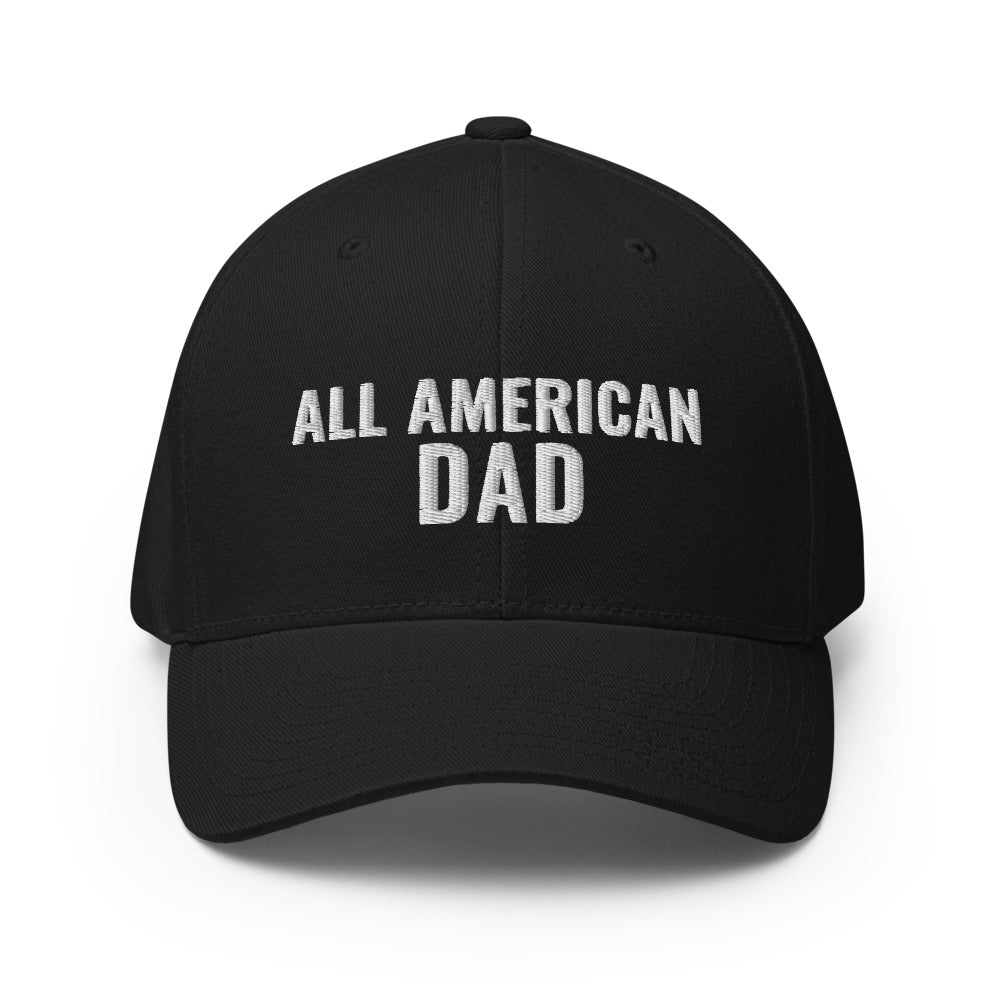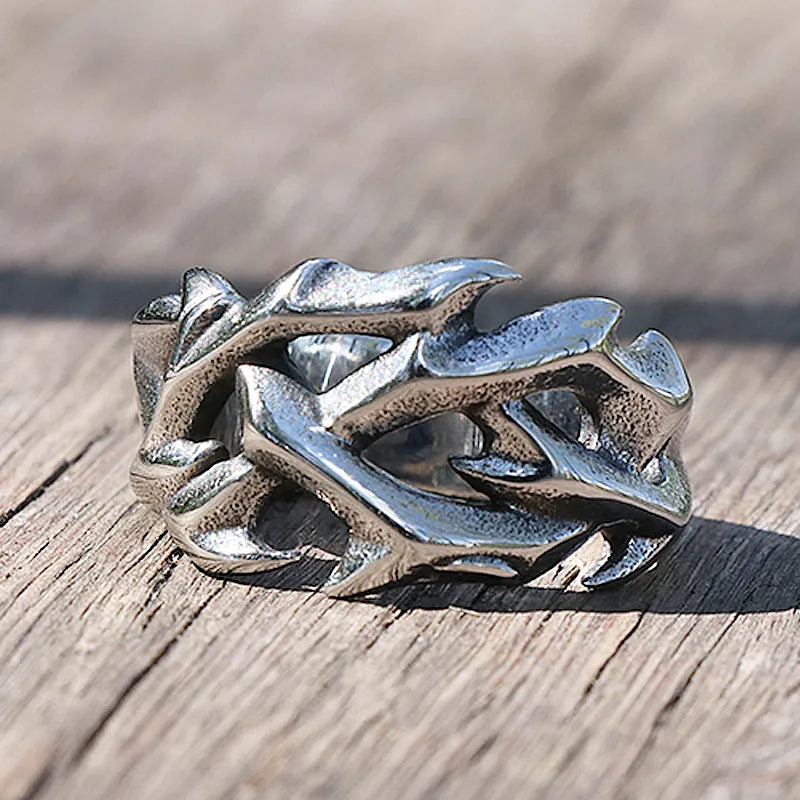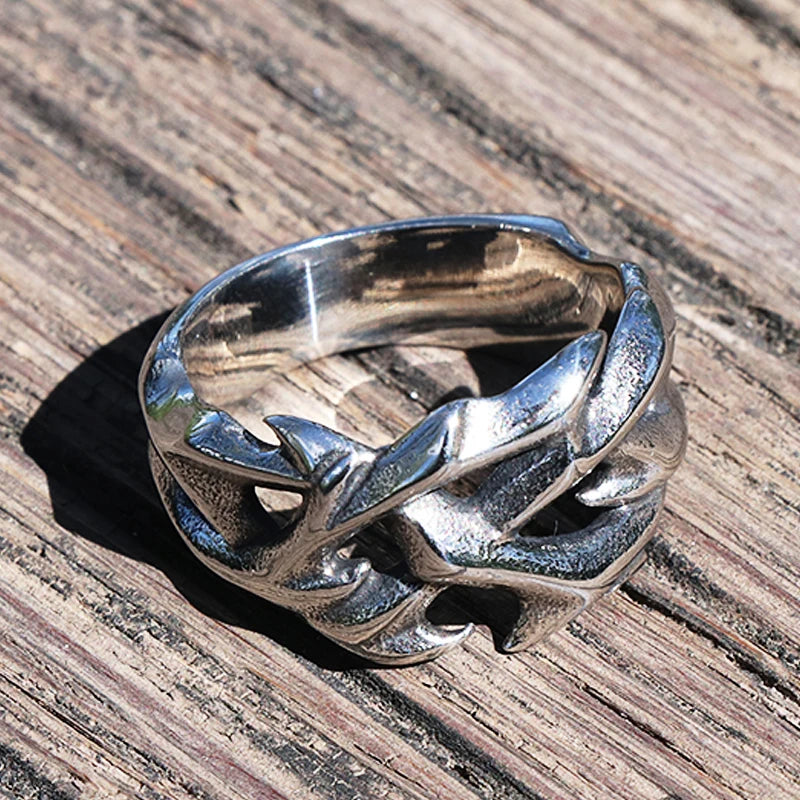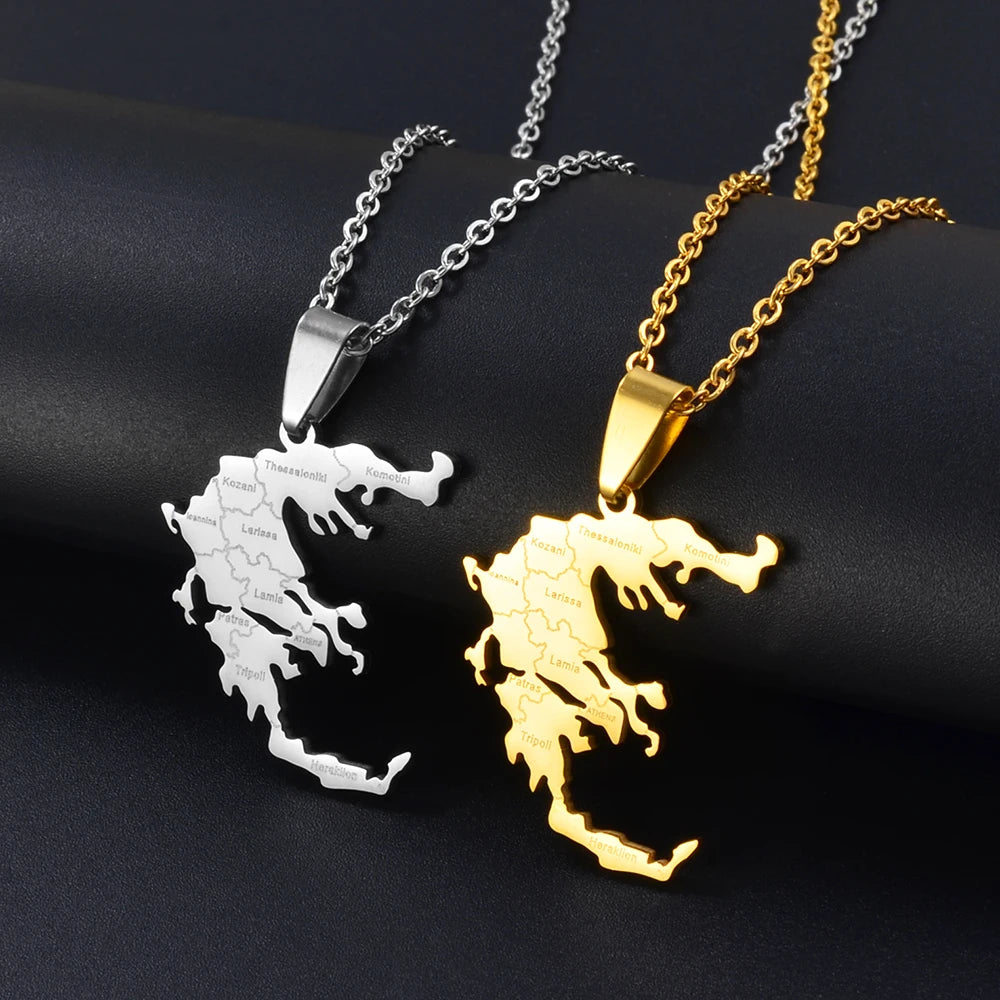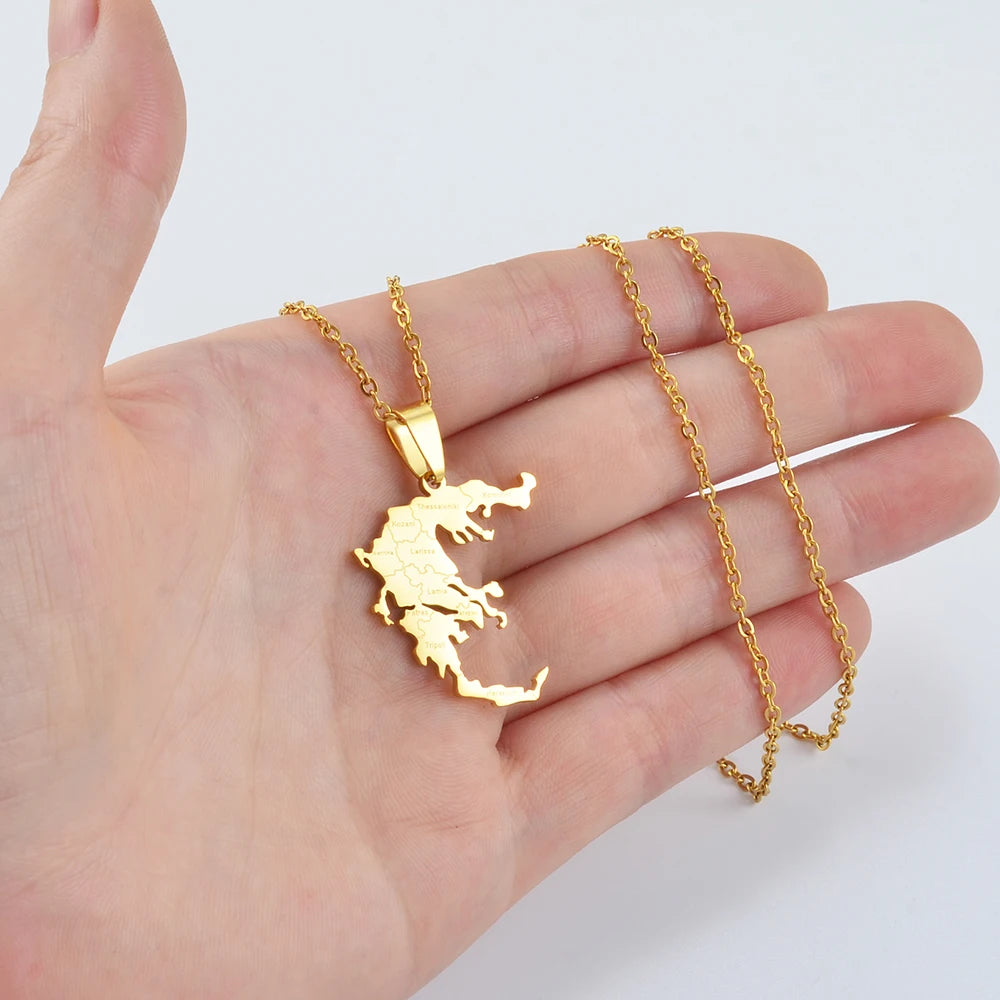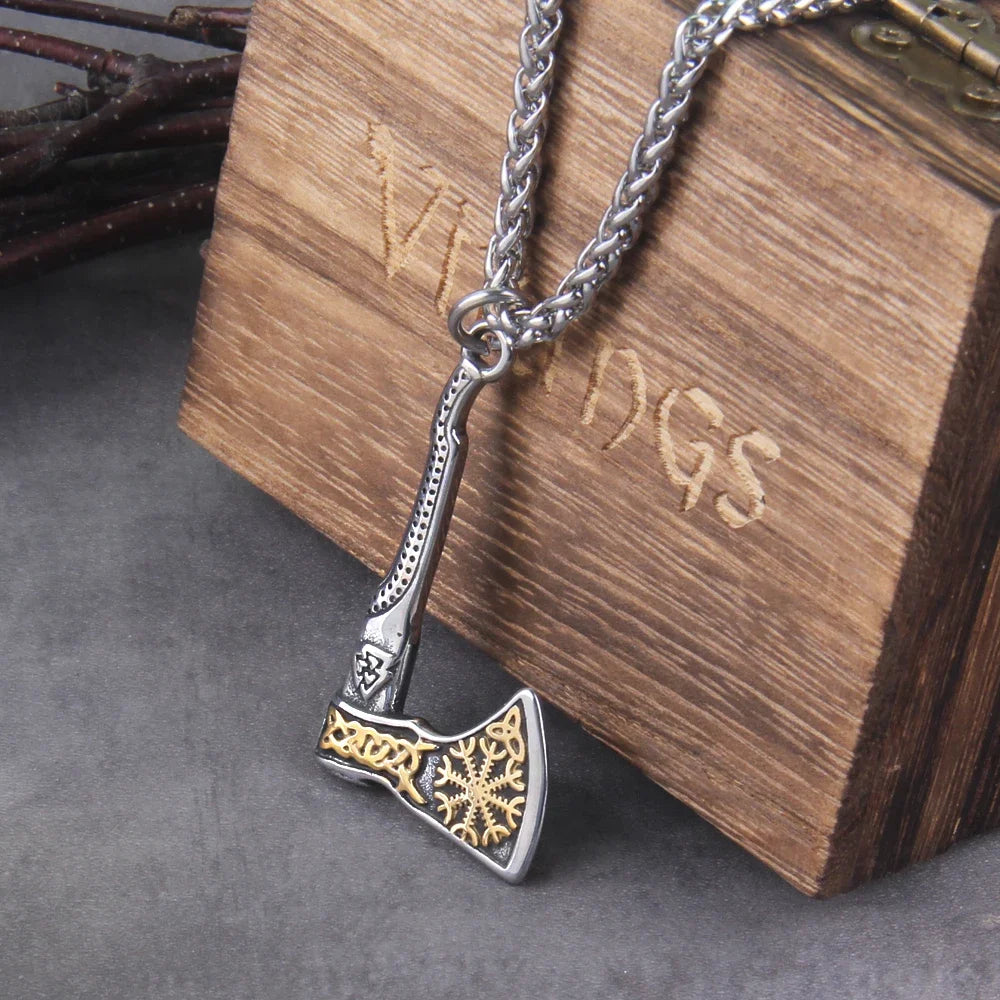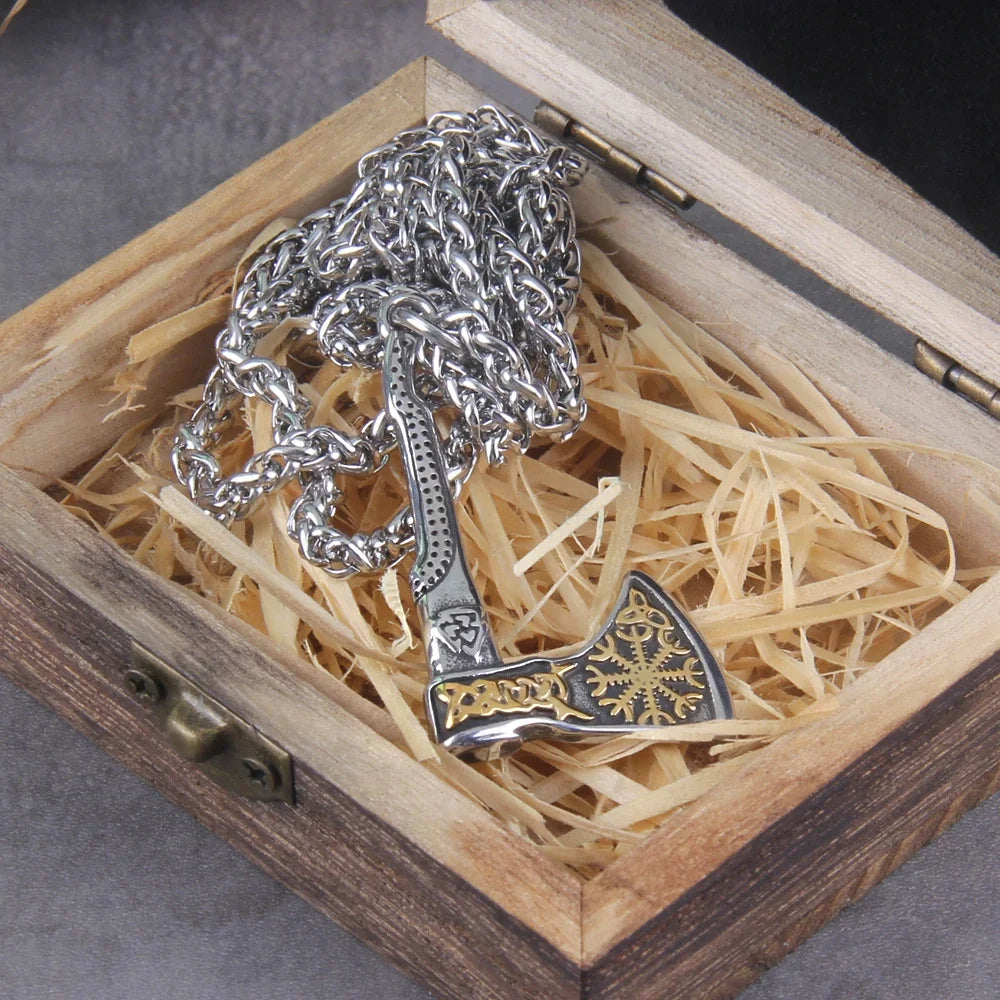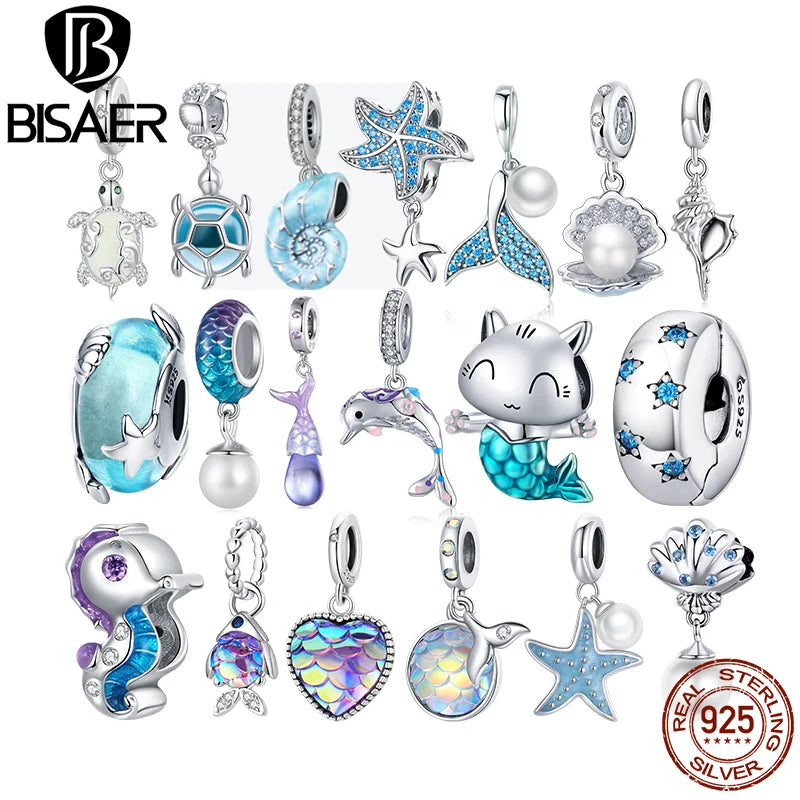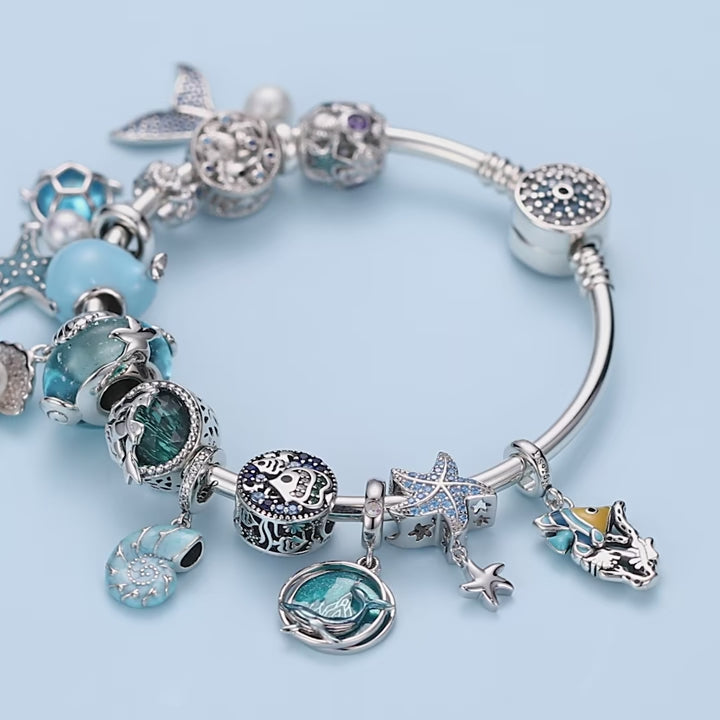What Does the Bottom of a Cruise Ship Look Like? - Nautical Jewellery
What Does the Bottom of a Cruise Ship Look Like?
Exploring the Underbelly of a Cruise Ship
Have you ever wondered what lies beneath the surface of a magnificent cruise ship? The bottom of a cruise ship, also known as the hull, is a fascinating part that often goes unseen. It is the sturdy foundation that enables the ship to glide through the ocean with grace and stability. The hull is not only functional but also visually striking, adorned with various features designed to enhance the ship's performance while also protecting its inhabitants.
The hull of a cruise ship is typically made of steel, which provides the necessary strength to withstand the forces of the sea. It is carefully crafted and carefully maintained to ensure the ship's safety and longevity. The bottom of the hull is specially designed to minimize drag and optimize fuel efficiency, allowing the ship to travel smoothly and effortlessly through the water. Additionally, the bottom of the hull is coated with special anti-fouling paint that prevents marine organisms from attaching and slowing down the ship.
1. The Rudder: Steering the Ship's Course
One essential feature found at the bottom of a cruise ship is the rudder. The rudder serves as the ship's steering mechanism, allowing it to change direction smoothly and efficiently. It is positioned at the aft (rear) of the ship and is connected to the wheelhouse via a complex system of cables and hydraulics. The rudder operates in conjunction with other navigational equipment to ensure precise navigation, and its design has evolved over time to improve maneuverability and responsiveness.
The rudder is typically made of steel and has a distinctive shape that resembles a vertical fin. Its size and design depend on the size and type of the ship, with larger cruise ships requiring larger rudders to navigate effectively. The bottom part of the rudder is submerged in the water, allowing it to exert the necessary force to redirect the ship's movement. Without a functioning rudder at the bottom of a cruise ship, navigating the open sea would be an impossible task.
Keywords: cruise ship rudder, ship steering mechanism, rudder design
2. Stabilizer Fins: Ensuring Smooth Sailing
Another significant feature found at the bottom of a cruise ship is the stabilizer fins. These fins are retractable and protrude from the sides of the hull to counteract the ship's natural rolling motion caused by waves and wind. The stabilizer fins work by generating lift, which helps to maintain balance and reduce the ship's tendency to roll from side to side. They are controlled by a sophisticated hydraulic system that adjusts their position based on the ship's movement and the prevailing sea conditions.
Stabilizer fins are particularly important for passenger comfort, as they help to minimize the effects of motion sickness by keeping the ship steady as it sails. They also play a crucial role in ensuring the safety and stability of the vessel, especially in rough seas. The bottom of a cruise ship is equipped with these fins to provide a smooth and enjoyable experience for passengers, allowing them to relax and enjoy their time on board without the constant disruption of excessive rolling.
Keywords: stabilizer fins, ship stability, passenger comfort
The Role of Propellers in Cruise Ship Navigation
Beneath the surface, the bottom of a cruise ship is home to the propellers, which are responsible for generating the forward thrust needed to propel the ship through the water. The propellers are usually located at the aft end of the ship, behind the rudder, and are driven by powerful engines. They consist of multiple blades that spin rapidly, creating a powerful force that pushes the ship forward.
The size and number of propellers on a cruise ship vary depending on the ship's size and design. The bottom of the hull is specially shaped to accommodate the propellers, allowing them to rotate freely without obstruction. The propellers' design has evolved over the years, with modern cruise ships often featuring highly efficient propeller designs that maximize fuel efficiency and minimize noise and vibration.
1. The Power of Thrusters: Navigating with Precision
In addition to propellers, cruise ships are equipped with thrusters located on both the bow (front) and stern (rear) of the ship. Thrusters are smaller propellers that provide lateral (sideways) thrust, allowing for precise maneuvering and docking in tight spaces. They are particularly useful when the ship needs to navigate through narrow channels or when the wind or currents affect its course.
The bottom of a cruise ship is fitted with these thrusters, ensuring that the ship can be easily controlled even in challenging circumstances. The thrusters' position can be adjusted to direct the thrust in different directions, allowing the ship to move sideways or rotate in place. By utilizing the power of thrusters, cruise ships can navigate with precision and safely dock at various ports around the world.
Keywords: cruise ship propellers, ship thrust, thruster positioning
2. Bow Bulb: Enhancing Performance and Efficiency
To further optimize performance and fuel efficiency, many cruise ships have a bulbous bow located at the front of the hull. The bulbous bow is a protruding structure that helps to reduce drag and improve hydrodynamics, allowing the ship to move through the water more efficiently. The bottom of the hull is shaped to accommodate this bulb, which helps to break up the water flow and minimize resistance.
By reducing drag, the bulbous bow allows the ship to consume less fuel and achieve higher speeds. It also helps to minimize wave resistance, resulting in a smoother ride for passengers. The bulbous bow is a common feature found at the bottom of modern cruise ships, contributing to their overall performance and ensuring a comfortable journey for all on board.
Keywords: bulbous bow, hydrodynamics, fuel efficiency
The Intricacies of Ship's Hull Design
The hull design plays a crucial role in the overall performance and efficiency of a cruise ship. It is not merely a structural component but a carefully engineered system designed to withstand the elements while providing a comfortable and safe environment for passengers and crew alike. The bottom of the ship's hull is particularly important, as it directly interacts with the water and affects the ship's maneuverability and speed.
Modern cruise ship hulls are designed using advanced computer simulations and modeling techniques to optimize their shape and hydrodynamics. The hull's bottom is carefully shaped and smooth, allowing the ship to glide through the water with minimum resistance. The materials used for the bottom of the hull are also chosen to minimize corrosion and ensure longevity.
1. Hull Coatings: Protecting Against Corrosion
Because cruise ships are constantly exposed to the corrosive effects of seawater, special coatings are applied to the bottom of the hull to protect it from rust and other forms of deterioration. These coatings, known as antifouling paints, serve multiple purposes. They prevent marine organisms such as barnacles and algae from attaching to the hull, which can increase drag and decrease fuel efficiency. Additionally, the anti-fouling paints provide a barrier against corrosion, extending the lifespan of the ship and reducing maintenance costs.
The bottom of a cruise ship is regularly inspected and coated with fresh antifouling paints during dry dockings to ensure optimal protection. The choice of antifouling paint depends on factors such as the ship's operating conditions and environmental regulations.
Keywords: hull coatings, antifouling paint, corrosion protection
2. Sonar and Underwater Sensors: Scanning the Depths
To navigate safely and detect underwater obstacles, cruise ships are equipped with advanced sonar and underwater sensor systems. These systems include various sensors and transducers located at the bottom of the hull, allowing the ship to scan the ocean floor and detect any potential hazards. By utilizing sound waves and sophisticated algorithms, these systems provide valuable data to the ship's navigation team, enabling them to make informed decisions and safely navigate through any challenges.
The sonar and underwater sensor systems constantly monitor the water depth, helping the ship to avoid shallow areas and potential grounding. They also contribute to environmental preservation by accurately mapping the seabed, allowing the ship to avoid sensitive marine ecosystems.
Keywords: cruise ship sonar, underwater sensors, ocean floor mapping
A World Unseen: The Hidden Wonders of a Cruise Ship's Bottom
From rudders and propellers to stabilizer fins and hull coatings, the bottom of a cruise ship is a fascinating realm that is often overlooked. It is the foundation that ensures the ship's safety, stability, and performance, allowing passengers to embark on unforgettable journeys across the seas. The intricate design, advanced technologies, and careful engineering behind the bottom of a cruise ship make it an integral part of the overall cruise experience.
Whether you are a passionate lover of the sea or simply intrigued by the inner workings of cruise ships, exploring the bottom of these majestic vessels unveils a world unseen, filled with marvels of engineering and boundless possibilities.













